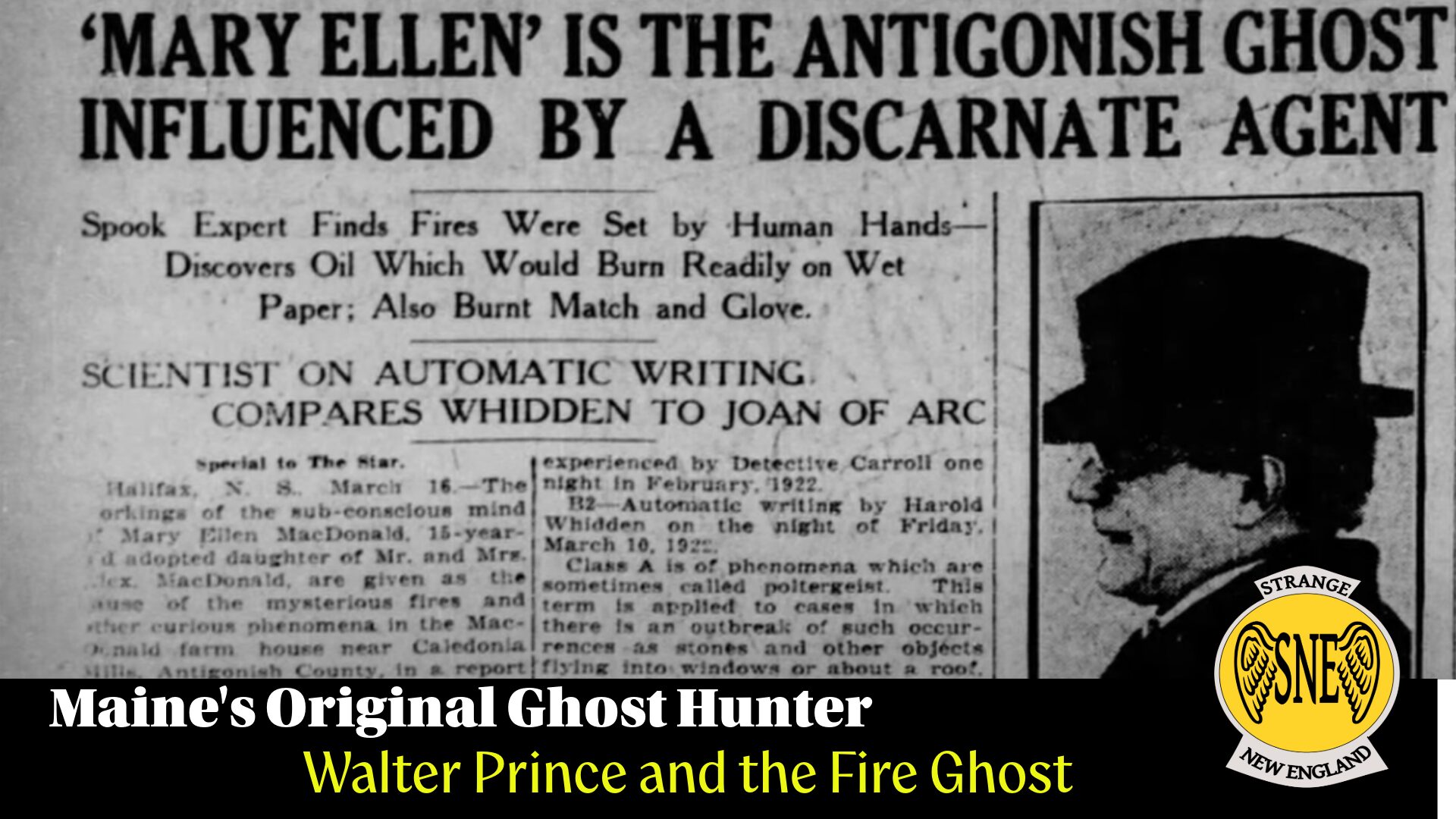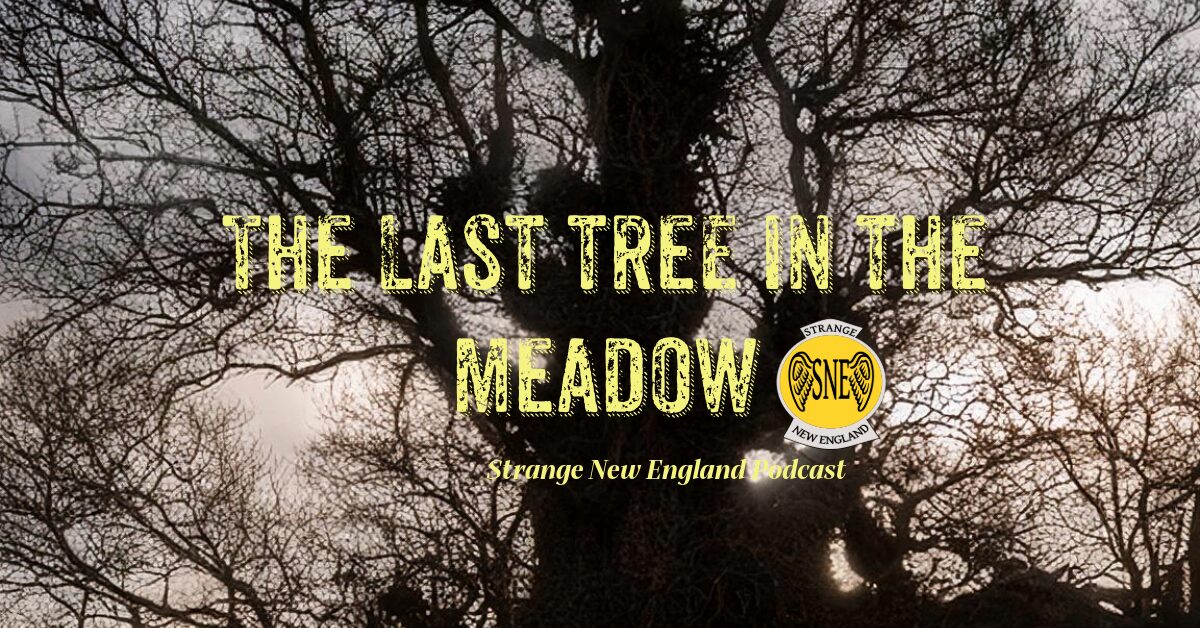
Most states have official flags, flowers and birds, but not many can call a breed of cat their own. Maine is lucky enough to have this distinction, with the state cat breed being one of the most popular cat breeds in the world. It is the first cat breed to originate in America and it was the breed to win America’s first cat show. It was once threatened by the introduction of foreign long hair cat breeds and declared extinct in the 1950s, but has rebounded and become one of the world’s most popular cat breeds.
Of course, I am talking about the fluffy, personality-filled breed called The Maine Coon cat. It is one of the largest, longest and smartest cat breeds in the world. These cats will also make unusual trilling and chirping noises and while other cats will do this,this breed is famous for it. They also have thick, long fur that make them well-adapted to the cold and sometimes unpredictable climate of Maine.
But their origin is a mystery. They are described as a ‘natural cat breed’, implying that humans did not selectively breed these cats despite the fact that they were brought here by Europeans. Yet if this breed was not one that breeders sought to develop, how did this famous and well loved cat breed come to be? Like a cat looking for a mouse, let’s go on the prowl for the truth.
After looking through the theories, there are many schools of thought on this matter. The first is the ‘hybrid theory’, where the origin of the cat breed is traced to a cross-breeding between a domestic cat and some wild animal. Some theories suggest that the Maine Coon is half cat, half raccoon. Another suggests that the Maine Coon is half domestic cat and half bobcat. Both theories are most likely based on the appearance of the Maine Coon Cat itself. Like a raccoon, the Maine Coon has stripes, long and thick fur, and long, bushy tails. Like a wild cat, the Maine Coon has triangular ears and is well adapted to live by itself in the wild. Yet there is no evidence to support this and comparing the Maine Coon with the bobcat and raccoon immediately shows that this cat doesn’t share much in common with these wild animals. It is also important to mention that raccoons and domestic cats do not interbreed, being two separate and distinct species.
The second theory is the ‘ship’s cat’ theory, which assumes that the Maine Coon is a cat breed that can be traced back to cats that were taken on board ships for pest control. Most of these theories suggest that, like human sailors, these felines left the ship to enjoy ‘shore leave’, and naturally left behind offspring that became the long-haired cats known and loved today. Variants on these themes not only seem to be more plausible, but are also more entertaining. This is further supported by the fact that these cats are considered to be good mousers.
The most popular variation of this theory is that the Maine Coon cat is descended from one of six Turkish Angora cats who were once owned by Queen Marie Antoinette. While she did not escape the French Revolution with her head intact, her cats were taken by Captain Samuel Clough to Wiscasset, Maine, where they spent the rest of their days.
A less dramatic variation even explains the origin of the name. A man named Captain Coon supposedly the namesake for this breed. His ship had cats on board to kill rats that threatened to eat precious food and cargo, as well as damage rigging. His cats were said to have bred with other long-haired cat breeds from different parts of the world, where he acquired cargo to sell in ports across New England, where his cats enjoyed shore leave.
A final variant, however, suggests that sailors from an earlier age are responsible for this cat breed. Due to their similarity to the Norwegian Forest Cat, some people have guessed that Vikings brought their own Nordic cat breed to America, where they settled and adapted to the Maine woods after the human settlers left to return to Scandinavia.
While the ships’ cat theory carries more credibility with it, finding evidence that supports any of these theories is difficult. No one has found the remains of domestic cats from the age of the Vikings in the New World, which leaves the viking variation of the ships’ cat theory without physical evidence. Maine Coon cats share physical characteristics with many different longhair cat breeds, including Turkish Angoras and Norwegian Forest Cats, but whether any one of these breeds is related to the Maine Coon cat is still a question that is up for debate today.
A ‘mini-theory’ even is attributed to cats with more than five toes or ‘polydactyl feet’. It states that Boston was the first part of New England to see these cats. This is a trait that is famous for being prolific in cats in New England, but is not a trait that determiners of pedigree want to see in Maine Coon cats. Nevertheless, this trait is one that some fans of the breed do want to see and will preserve it. This genetic trait has been studied and is determined as one that does not cause physical harm to the cat.
But whatever the origin story of the Maine Coon is, it is clear that Man did not directly determine how this cat breed evolved. Every trait that the Maine Coon cat possesses is essential to survival and only determined by where Man took them and where the cats decided to leave and survive by themselves.
From there, nature took its course and refined the breed into what it is today. Like the Maine Coon cat, it could be said that New Englanders themselves have been shaped both by history and by nature, which have both swept animal and man alike in figurative currents that lead us both on journeys whose end can only be imagined.
Resources
Wikipedia entry on The Maine Coon
The Cat Fancier’s Association-The Maine Coon Cat
Animal Planet-Cats 101-The Maine Coon
Cute Maine Coons Chattering at City Birds





1 COMMENT